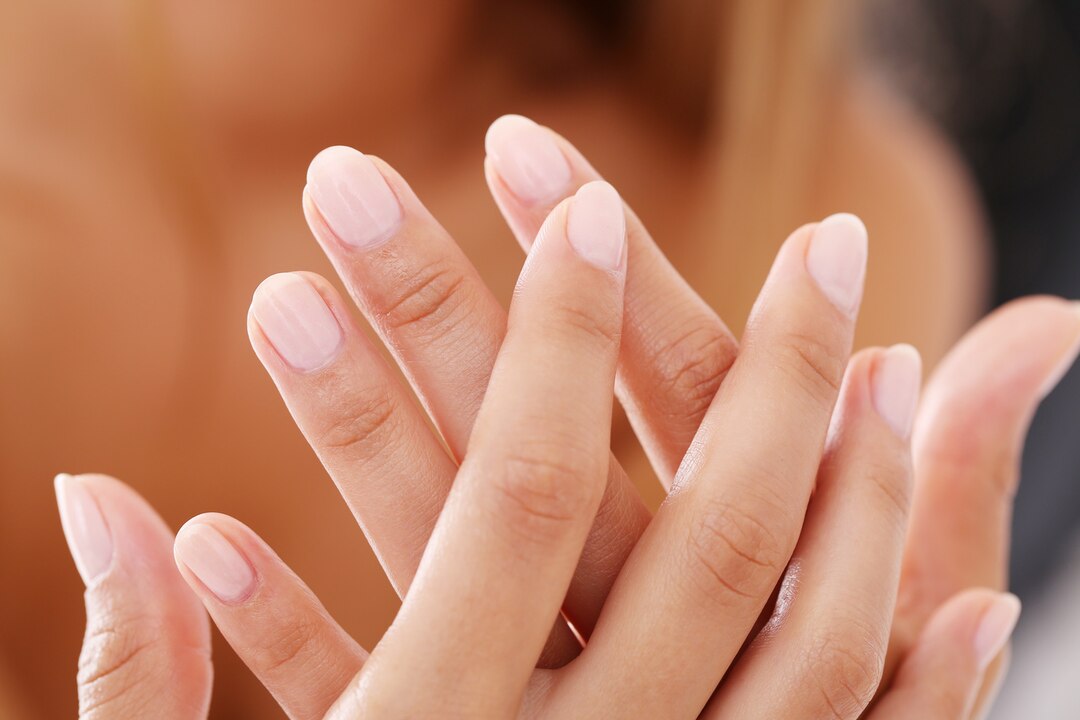Your nails may seem like a small part of your body, but they can reveal a surprising amount of information about your overall health. From subtle changes in color and texture to more obvious abnormalities, your nails can serve as a window into your well-being. Paying attention to these signs can help identify potential health issues early and prompt you to seek appropriate medical attention. Let’s delve into what your nails may be trying to tell you about your health.
Color Changes:
- Pale or White Nails: Pale or white nails may indicate anemia or a lack of nutrients such as iron or protein in your diet. It can also be a sign of liver disease or other underlying health conditions.
- Yellow Nails: Yellow nails can be caused by fungal infections, certain medications, or conditions like psoriasis or thyroid disease. In rare cases, yellow nails may indicate more serious conditions such as lung disease or diabetes.
- Blue Nails: Bluish nails, also known as cyanosis, can be a sign of poor circulation or lack of oxygen in the blood. It may be associated with lung or heart problems and requires prompt medical attention.
- Brown or Black Streaks: Brown or black streaks in the nails may be a sign of melanoma, a type of skin cancer. If you notice any unusual pigmentation or changes in your nails, it’s essential to see a dermatologist for evaluation.
Texture Changes:
- Brittle or Weak Nails: Brittle, weak nails that constantly break or split may be a sign of nutritional deficiencies, particularly biotin or vitamin B7. It can also be caused by frequent exposure to water, harsh chemicals, or certain medical conditions.
- Pitting: Small pits or dents in the nails can be a sign of psoriasis, a chronic autoimmune skin condition. It may also indicate eczema, alopecia areata, or other inflammatory conditions.
- Clubbing: Clubbing refers to the enlargement and rounding of the fingertips and nails, often accompanied by a softening of the nail bed. It can be a sign of underlying lung or heart disease, liver disease, or inflammatory bowel disease.
Other Signs to Watch For:
- Nail Thickening: Thickened nails may be caused by fungal infections, psoriasis, thyroid disorders, or peripheral vascular disease.
- Separation from Nail Bed: Separation of the nail from the nail bed, known as onycholysis, can be caused by trauma, fungal infections, or skin conditions like psoriasis or eczema.
- Beau’s Lines: Horizontal indentations or ridges across the nails, known as Beau’s lines, can be a sign of severe illness or trauma that temporarily interrupts nail growth.
Taking Care of Your Nails:
While changes in nail color or texture can sometimes indicate underlying health issues, it’s essential to remember that not all nail abnormalities are cause for alarm. Minor changes in nail appearance may be due to benign factors such as aging, trauma, or exposure to environmental factors.
However, if you notice persistent or concerning changes in your nails, it’s crucial to consult a healthcare professional for proper evaluation and diagnosis. Your doctor or dermatologist can help determine the underlying cause of your nail changes and recommend appropriate treatment options.
In addition to monitoring your nails for signs of potential health issues, taking good care of your nails can help promote overall nail health. This includes keeping your nails clean and dry, avoiding harsh chemicals and trauma, wearing protective gloves when engaging in activities that may damage your nails, and maintaining a balanced diet rich in essential nutrients.
Your nails can provide valuable insights into your health, serving as a visible indicator of potential underlying issues. By paying attention to changes in nail color, texture, and appearance, you can take proactive steps to protect your overall well-being and seek timely medical attention when needed. Remember, healthy nails are not only a reflection of good grooming habits but also an important aspect of your overall health and vitality.








